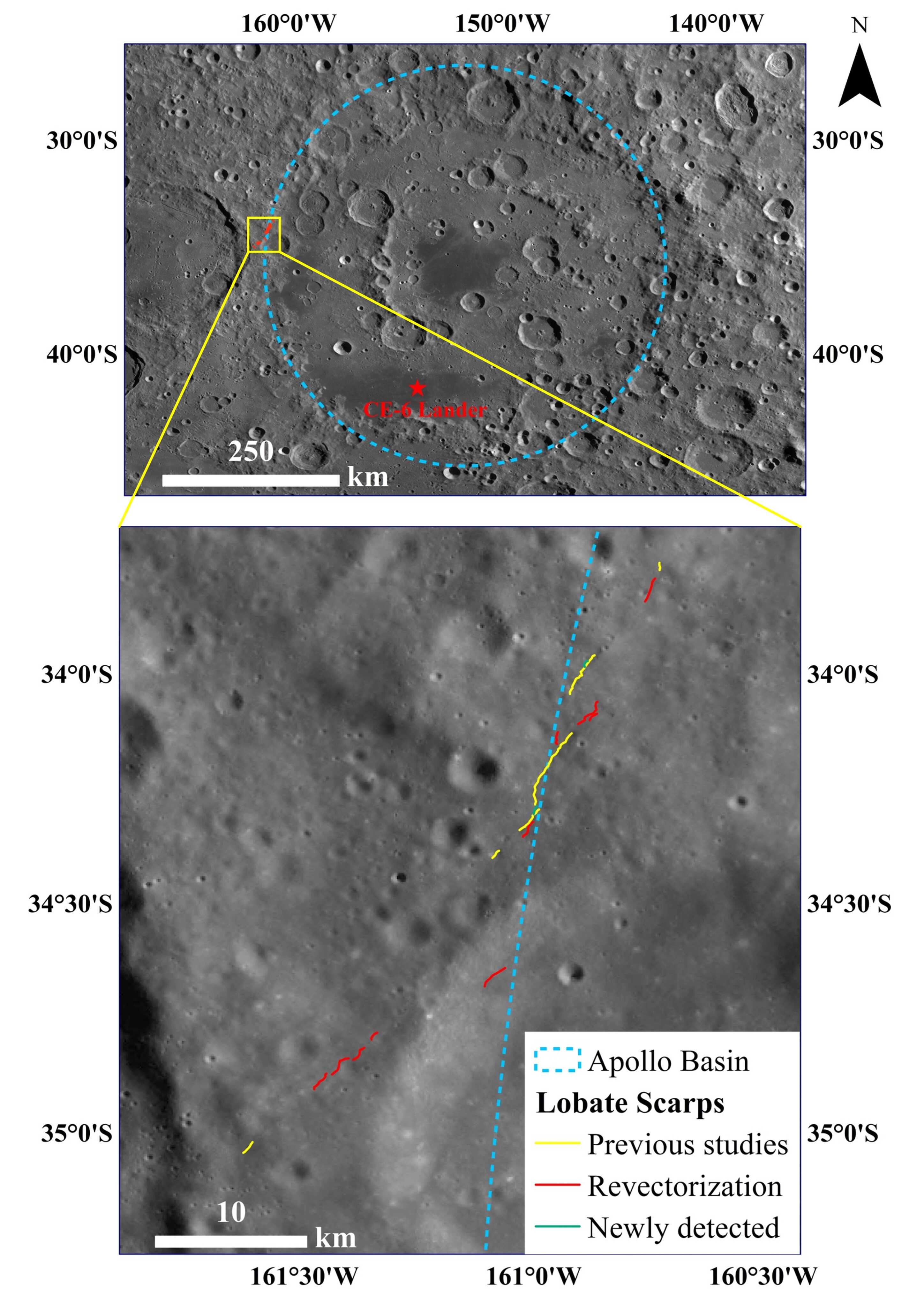2025-05-07 バース大学
<関連情報>
- https://www.bath.ac.uk/announcements/groundbreaking-device-instantly-detects-dangerous-street-drugs-offering-hope-for-harm-reduction/
- https://pubs.acs.org/doi/10.1021/acs.analchem.4c05247
ハイブリダイゼーション反射/蛍光分光フィンガープリントのディープラーニングによる不正薬物判別のための現場携帯型技術 Field-Portable Technology for Illicit Drug Discrimination via Deep Learning of Hybridized Reflectance/Fluorescence Spectroscopic Fingerprints
Alexander Power,Matthew Gardner,Rachael Andrews,Gyles Cozier,Ranjeet Kumar,Tom P. Freeman,Ian S. Blagbrough,Peter Sunderland,Jennifer Scott,Anca Frinculescu,Trevor Shine,Gillian Taylor,Caitlyn Norman,Hervé Ménard,Niamh N. Daéid,Oliver B. Sutcliffe,Stephen M. Husbands,Richard W. Bowman,Tom S. F. Haines,and Christopher R. Pudney
Analytical Chemistry Published: May 7, 2025
DOI:https://doi.org/10.1021/acs.analchem.4c05247
Abstract

Novel psychoactive substances (NPS) pose one of the greatest challenges across the illicit drug landscape. They can be highly potent, and coupled with rapid changes in structure, tracking and identifying these drugs is difficult and presents users with a “Russian roulette” if used. Benzodiazepines, synthetic opioids, synthetic cannabinoids, and synthetic cathinones account for the majority of NPS-related deaths and harm. Detecting these drugs with existing field-portable technologies is challenging and has hampered the development of community harm reduction services and interventions. Herein, we demonstrate that hybridizing fluorescence and reflectance spectroscopies can accurately identify NPS and provide concentration information with a focus on benzodiazepines and nitazenes. The discrimination is achieved through a deep learning algorithm trained on a library of preprocessed spectral data. We demonstrate the potential for these measurements to be made using a low-cost, portable device that requires minimal user training. Using this device, we demonstrate the discrimination of 11 benzodiazepines from “street” tablets that include bulking agents and other excipients. We show the detection of complex mixtures of multiple drugs, with the key example of nitazene + benzodiazepine (metonitazene + bromazolam), fentanyl + xylazine, and heroin + nitazene (etonitazene) combinations. These samples represent current drug trends and are associated with drug-related deaths. When combined with the implementation of detection technology in a portable device, these data point to the immediate potential to support harm reduction work in community-based settings. Finally, we demonstrate that the approach may be generalized to other drug classes outside NPS discrimination.



